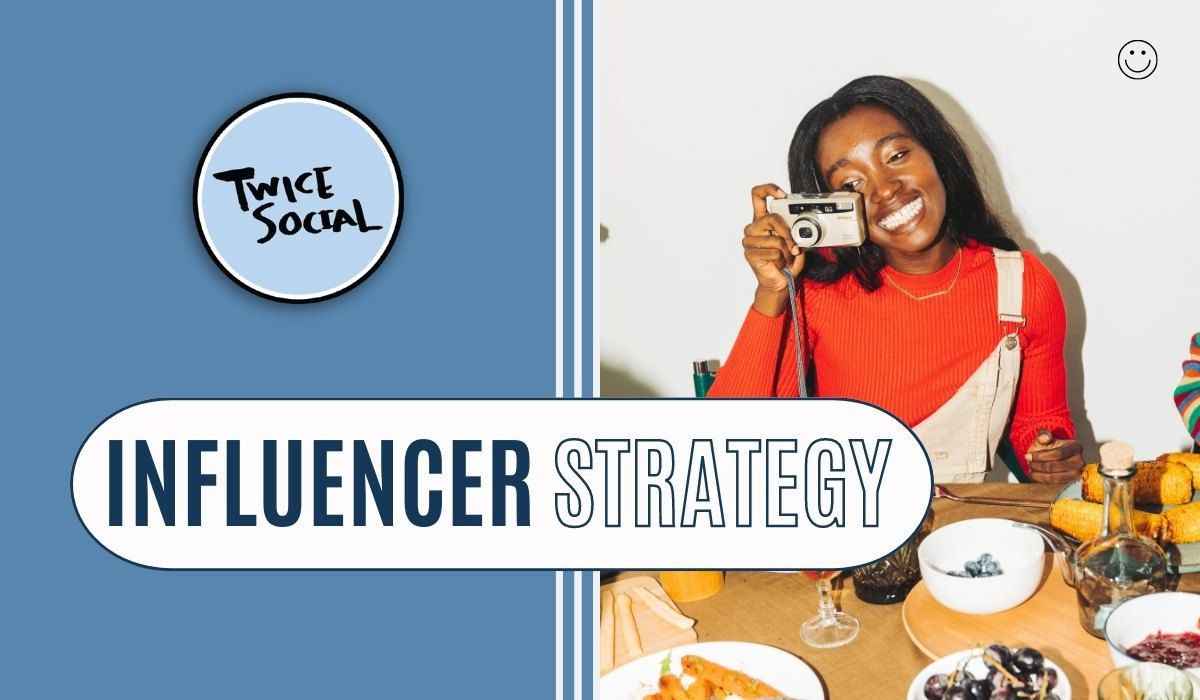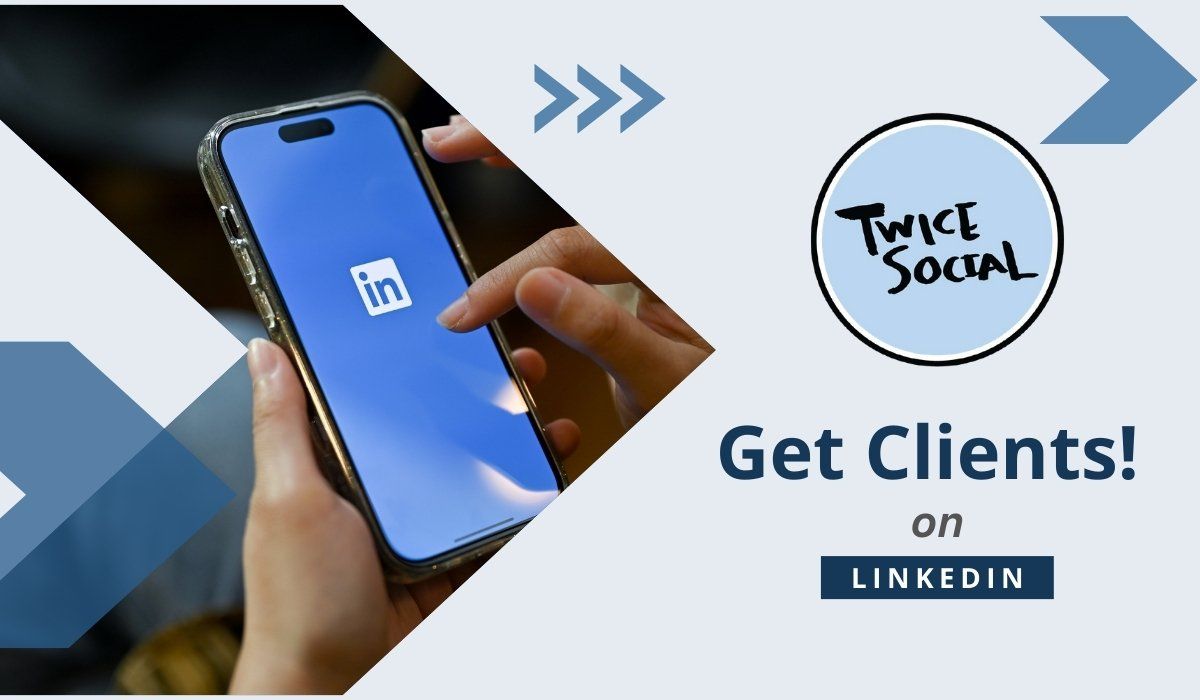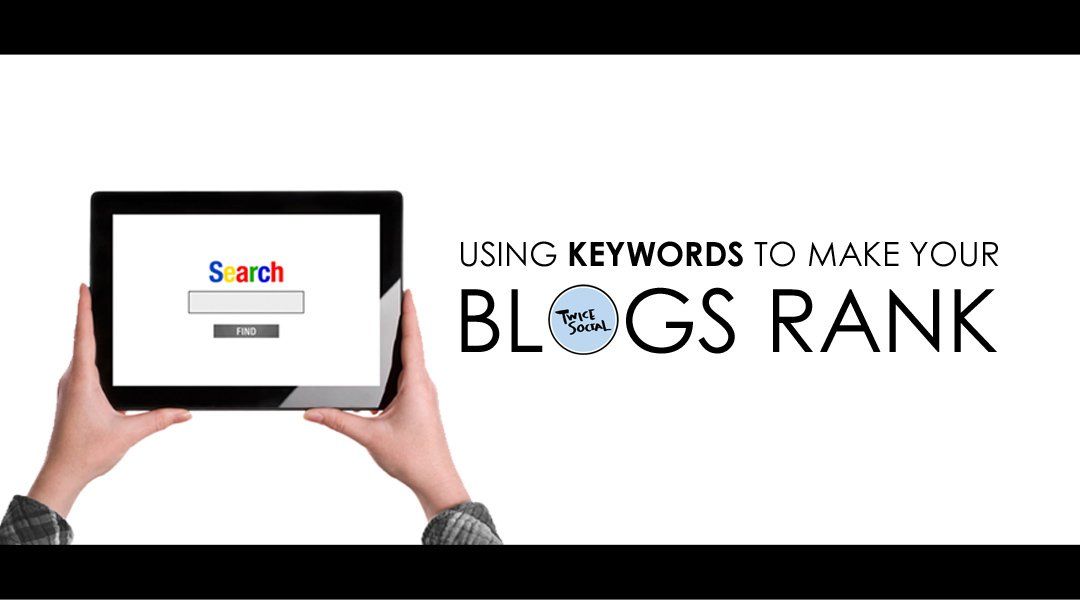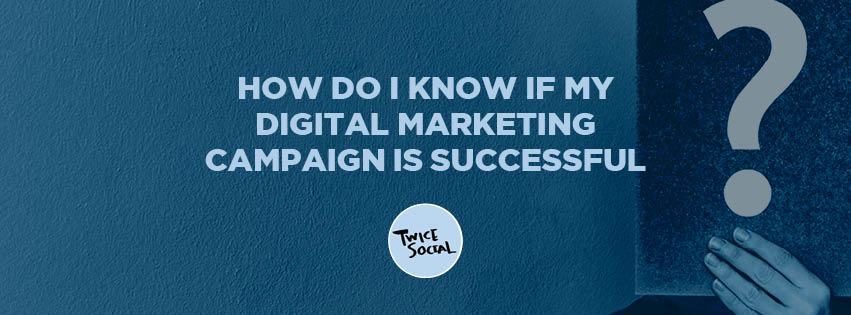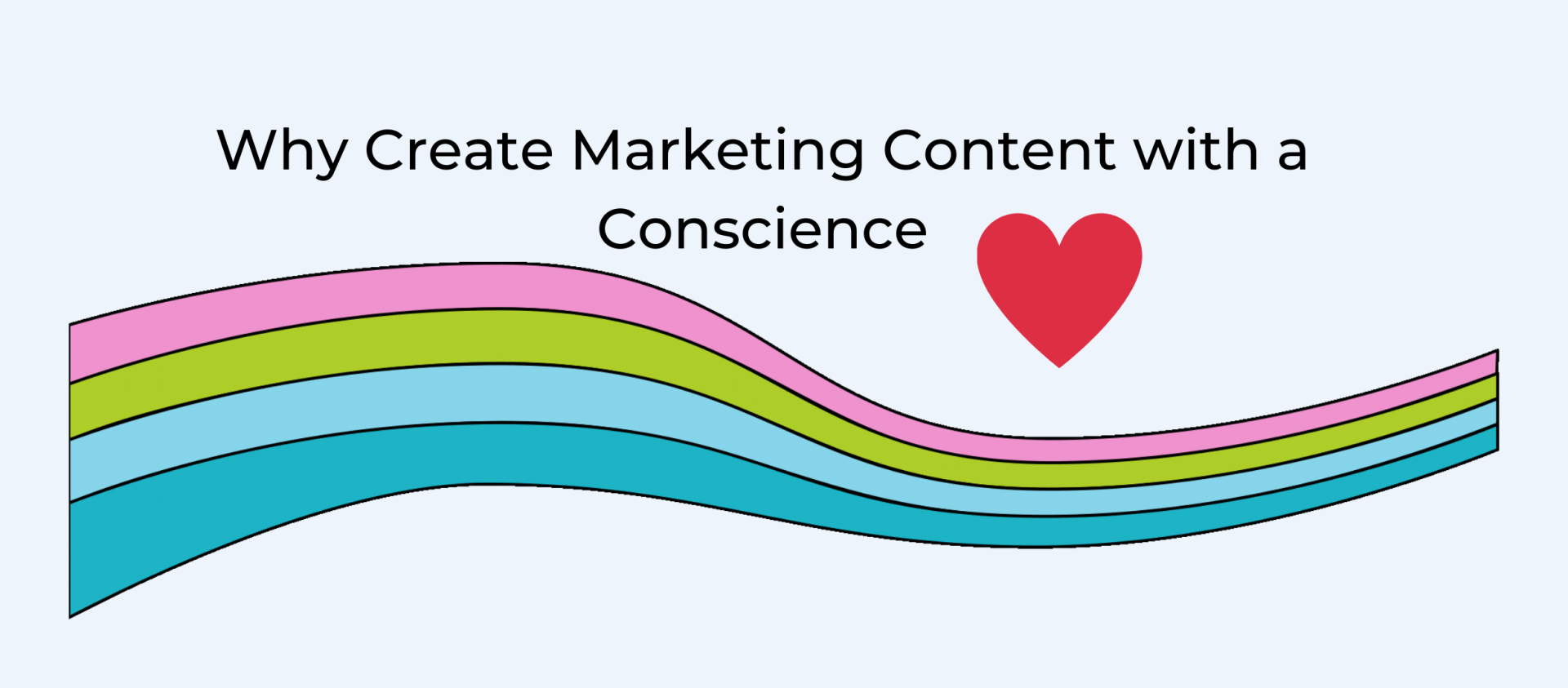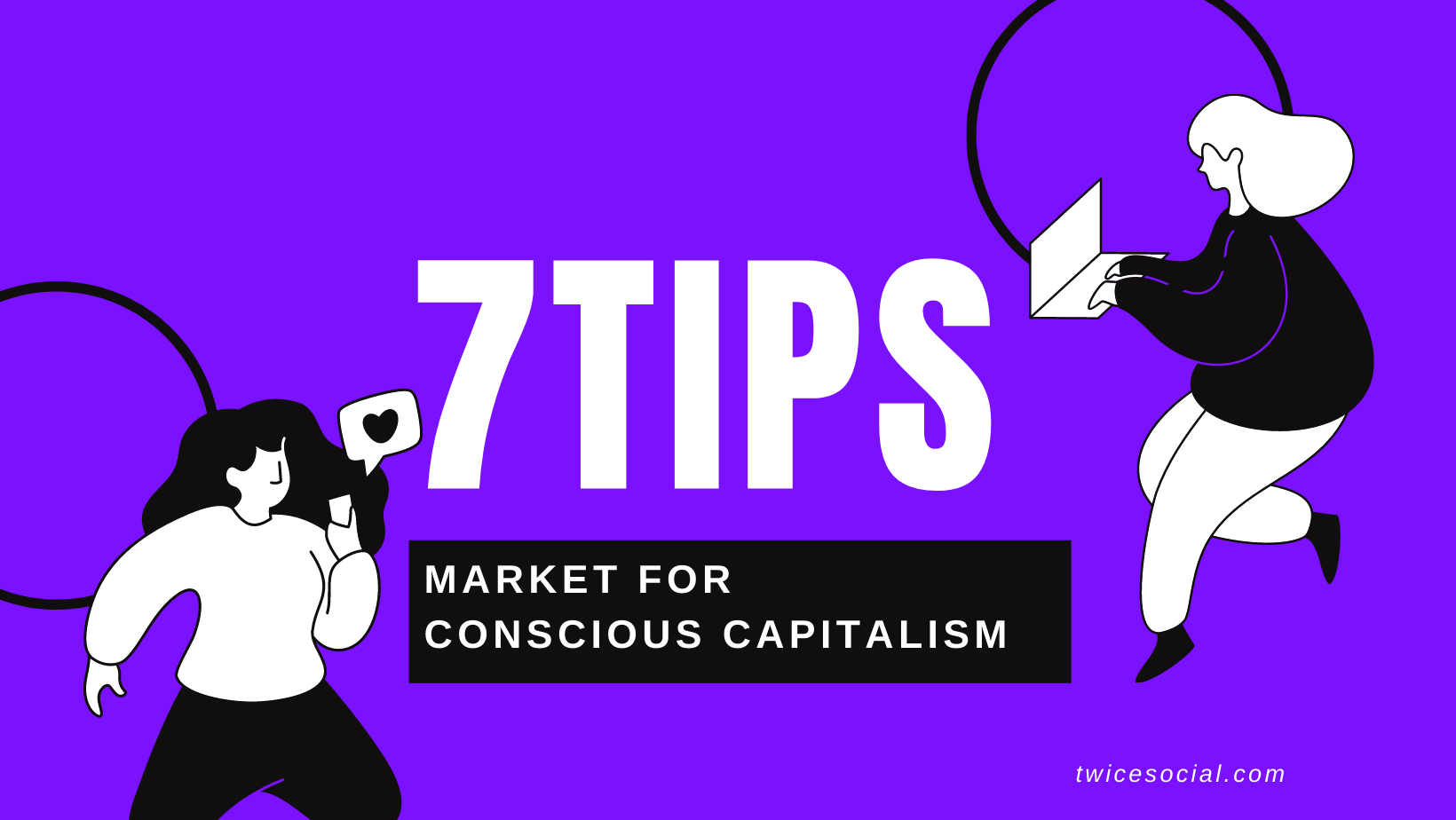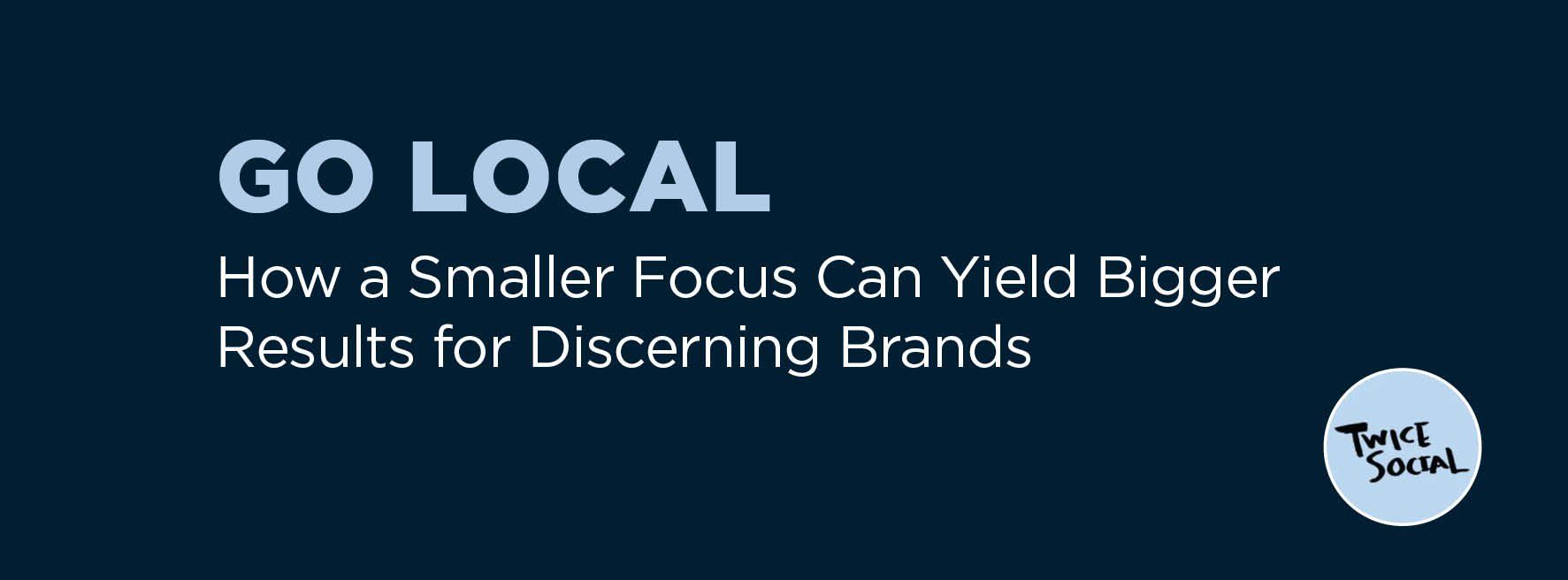How to Identify Instagram Influencers That Will Bring Value to Your Brand
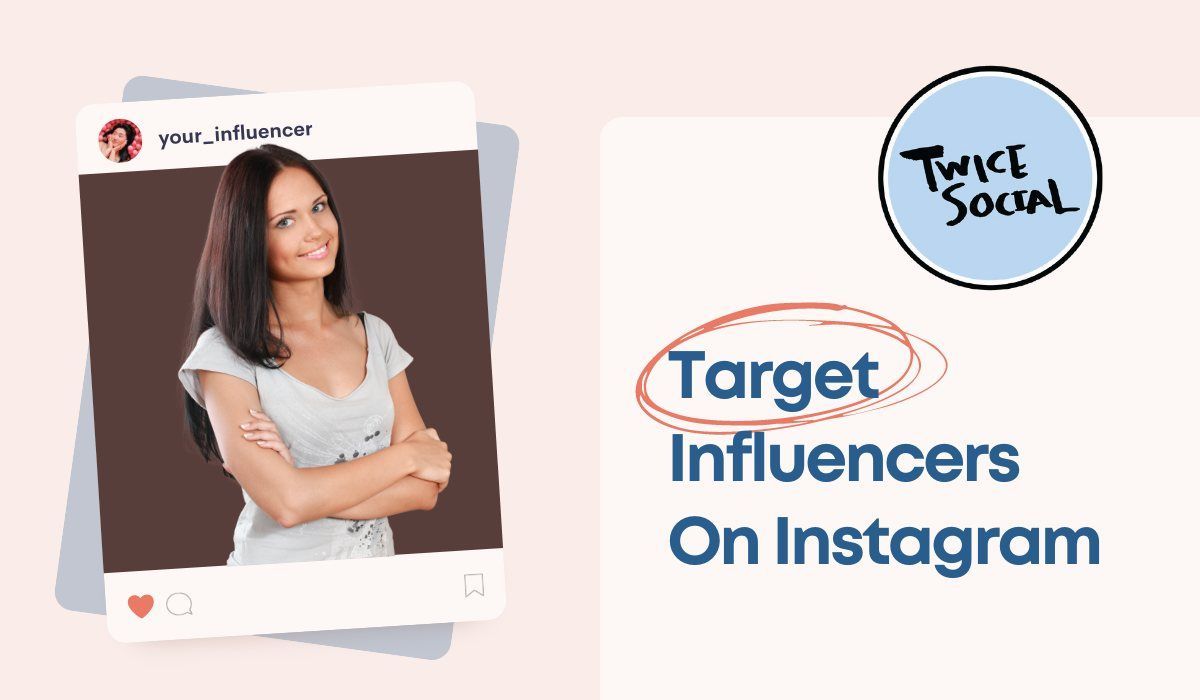
What Is Influencer Marketing?
You may not know exactly how to define it, but you’ve definitely seen it. Influencer marketing is a technique used by savvy brands (primarily in consumer goods) to market products through leveraging the trust and authority of leaders on social media.
Take a classic example: a fitness model receives free workout clothing (and is perhaps compensated financially in addition to the free product). She posts a photo of herself using the gear. The photo, which is tagged to the clothing brand (and may even be associated with a promo code or discount) is seen by thousands of followers, creating impressions and sales for the brand.
Win, win, win… right?
Does Influencer Marketing Really Work?
Of course, many marketing directors want to know if instagram marketing actually works. Do the numbers shake out to produce a worthwhile ROI?
According to a 2019 survey by Medakix, “80% of marketers find influencer marketing effective,” and, “89% say ROI from influencer marketing is comparable to or better than other marketing channels.”
Two out of three marketers plan to increase their influencer marketing budgets in 2019.
If that piques your interest, then check out our recent post, “4 Strong Clues Influencer Marketing Should Be Part of YOUR Strategy.”
But before you don your rose-colored glasses, know that kickstarting an influencer marketing strategy does take some work. Sixty-one percent of all marketers say that finding the right influencers for a campaign is their biggest challenge.
How to Identify Instagram Influencers
IIf you’re looking to test the waters of influencer marketing, the easiest way to start your search is by launching your Instagram app and searching hashtags (and possibly locations) relevant to your brand. Also take a look at your competitors’ accounts and hashtags to see what type of influencers they may be utilizing.
- Choose quality over quantity. A bigger following doesn’t necessarily mean an influencer is a better partner for your marketing campaign. When identifying Instagram influencers, pay attention to engagement. An influencer with 10,000 followers who gets 400 engagements per post (4% engagement rate) is a more desirable partner than an influencer with 20,000 followers who only gets 200 engagements per post (1% engagement rate). These “micro-influencers” may have more dedicated, niche audiences than the macro-influencers whose follower count may look better on the surface.
- Choose influencers who will be partners. Don’t try to force a script on an influencer. Encourage them to bring their creativity, expertise, and audience knowledge to the table. You’ll get better results through a collaborative experience! At the same time, be clear before entering an agreement that your influencers must follow certain brand guidelines throughout the engagement.
- Select influencers who are consistently authentic. Aggressive hard-sells and overtly fake enthusiasm should be avoided in your influencer marketing strategy! Think about this from the audience’s perspective: why are they following the influencers you’ve chosen to partner with? Because they like and trust the person, right? Think strategically about how your brand figures into that influencer/audience relationship. Partner with influencers whose interest seems genuine – not just in your own product, but in other products that they may promote.
What Metrics Should I Be Measuring?
At Twice Social, we believe that every marketing effort can and should be measured. As Peter Drucker, the grandfather of modern business management, wrote, “If you can't measure it, you can't improve it.”
Step one, determine your objective. Common objectives for influencer marketing include:
- Social Reach and Engagement: Impressions, likes, and comments are a few of the most common metrics used to measure a campaign’s success on Instagram. Keep in mind, you may also have access to “dark social” metrics, such as direct messages to the influencer or post saves. (These are engagements that aren’t public.)
- Opt-In: This may include anything from signing up for an email list to downloading an app or creating an account.
- Sales: If a campaign’s primary objective is sales, consider providing your influencer with a special promo code or trackable link so you can measure success.
Step two, measure. Divide your profit by your investment to find the ROI. If you spent $2,000 and earned a profit of $3,000, then your ROI is 150% (3,000 / 2,000 = 1.5). This formula is easiest when used to measure the results of an influencer marketing campaign designed for sales.
If you’re measuring reach, engagement, or opt-in, determine the value of each action, then convert those actions into profit. For example, if you know from prior experience that 1,000 targeted impressions on social media will result in $100 profit, you would convert impressions into profit and then use the same Profit-divided-by-Expenses formula as above.
This formula can be repeated for actions, such as email opt-ins, as well. For example, if the lifetime value of an email list subscriber is $20 and your campaign generated 200 email subscribers (a $4,000 value) at a cost of $1,500, then your campaign saw a 266% ROI (4,000 divided by 1,500).
We Can Help with Your Influencer Marketing Strategy!
TAs a leading social media agency in Nashville/NYC, we’ve helped brands in a wide variety of industries partner with influencers and grow their marketing campaigns with the power of influencer marketing. We can help you, too! Contact us for a no-cost phone consultation to find out how.


